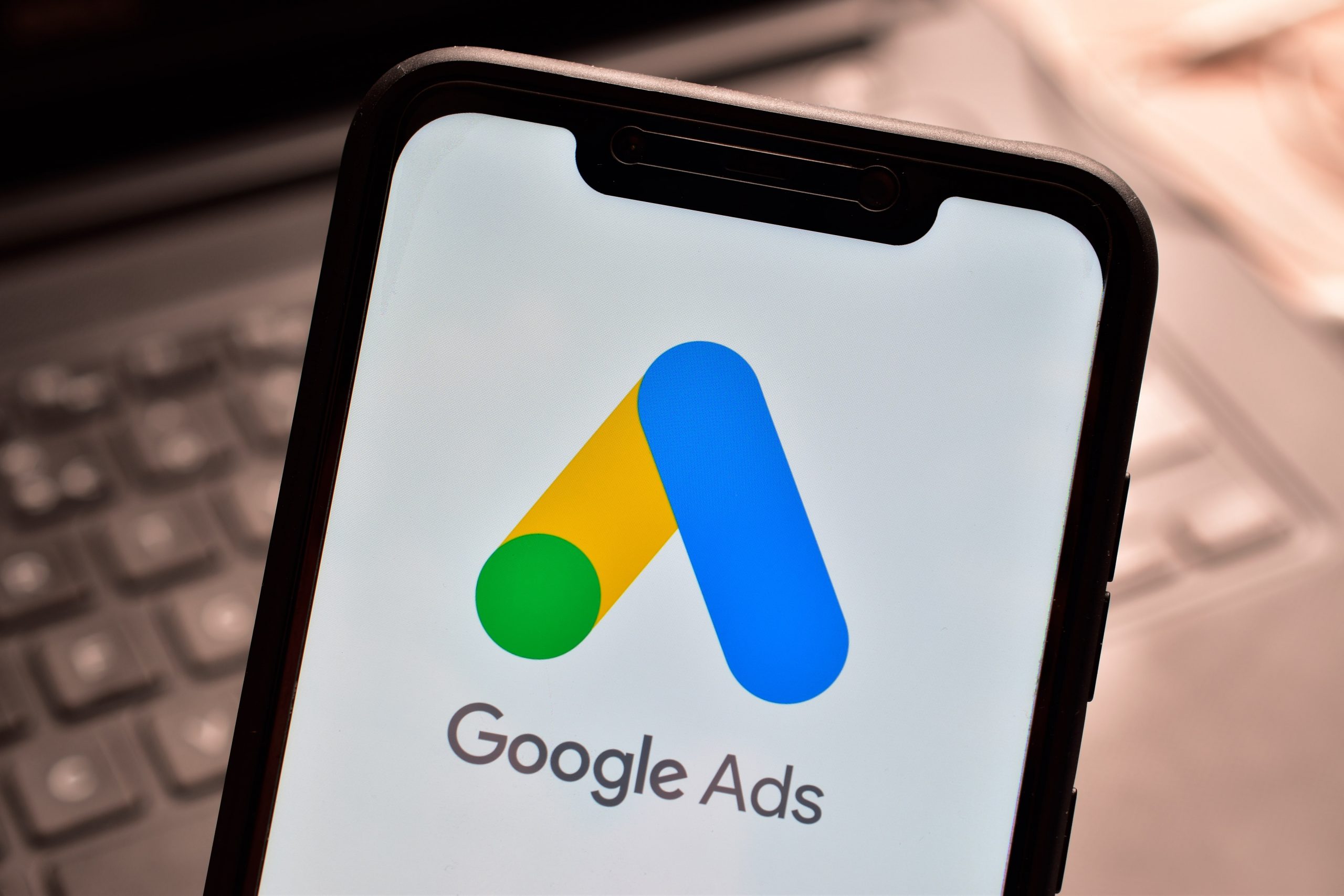If your goal is to increase website visits, then you’ll pay-per-click (known as PPC), but if you’re looking to raise brand awareness, you’ll end up paying based on the number of impressions you receive (cost-per-mille/ cost-per-thousand). An impression counts as when at least 50% of your ad appears on a user’s screen.
The ad provider, e.g. Facebook or Google Ads, determines how much you will pay-per-click or per impression based on factors such as competition and the quality of your ad (how popular it has been, the landing page experience, and relevance to the user).
This is known as cost-per-click (CPC) and is one of the most important metrics to monitor when running advertising campaigns. CPC can change all the time, and you can even work on optimising your ad to bring your CPC down, increasing your ROI.
The price of a click or impression is dictated by the ad provider based on a number of factors such as the competition for your chosen keyword/demographic criteria.
When setting up your campaigns, you’ll be asked to set a maximum budget – this might be daily, weekly, monthly, or for the whole duration of your campaign. Once your post has received enough impressions or been clicked enough time to use up your budget, it won’t be shown anymore.
There are other variables that you can decide whilst setting up your ads, for instance, you may decide that you want to set up a maximum budget for cost-per-click. Take your time to consider what is going to be best to help you reach your goals, but generally, you will find that you need to let your campaigns run for a while before you’re informed on how much you should be paying.
How much you decide to spend is completely up to you, but keep in mind that you will only pay for what you receive. For example, if you set a budget of £100 for a month, but you only receive £70 worth of clicks, you will only pay £70.














